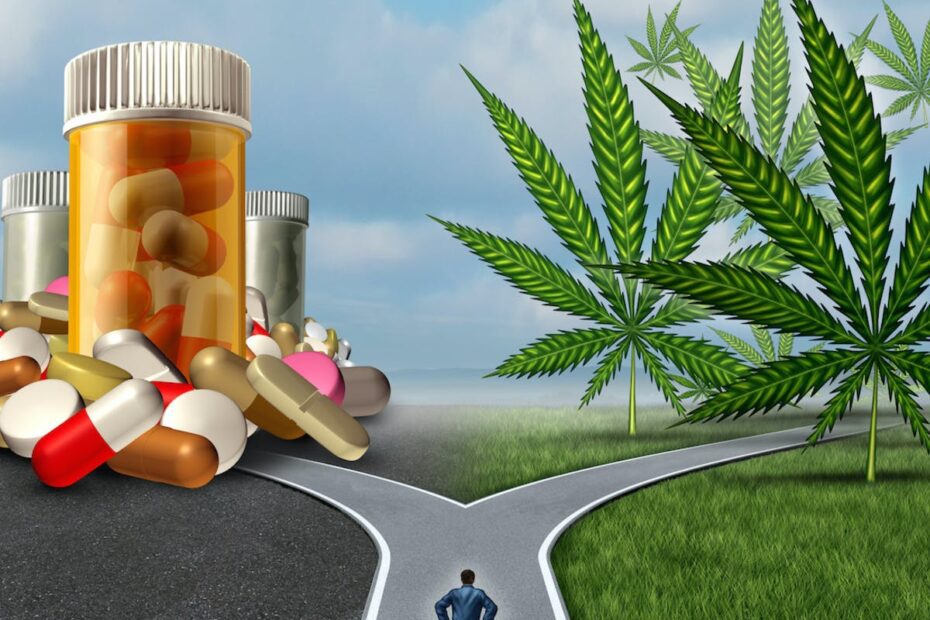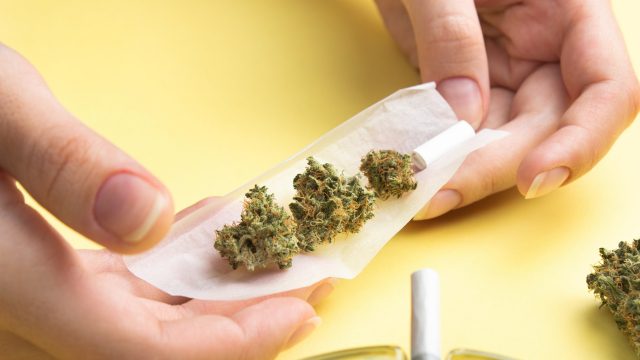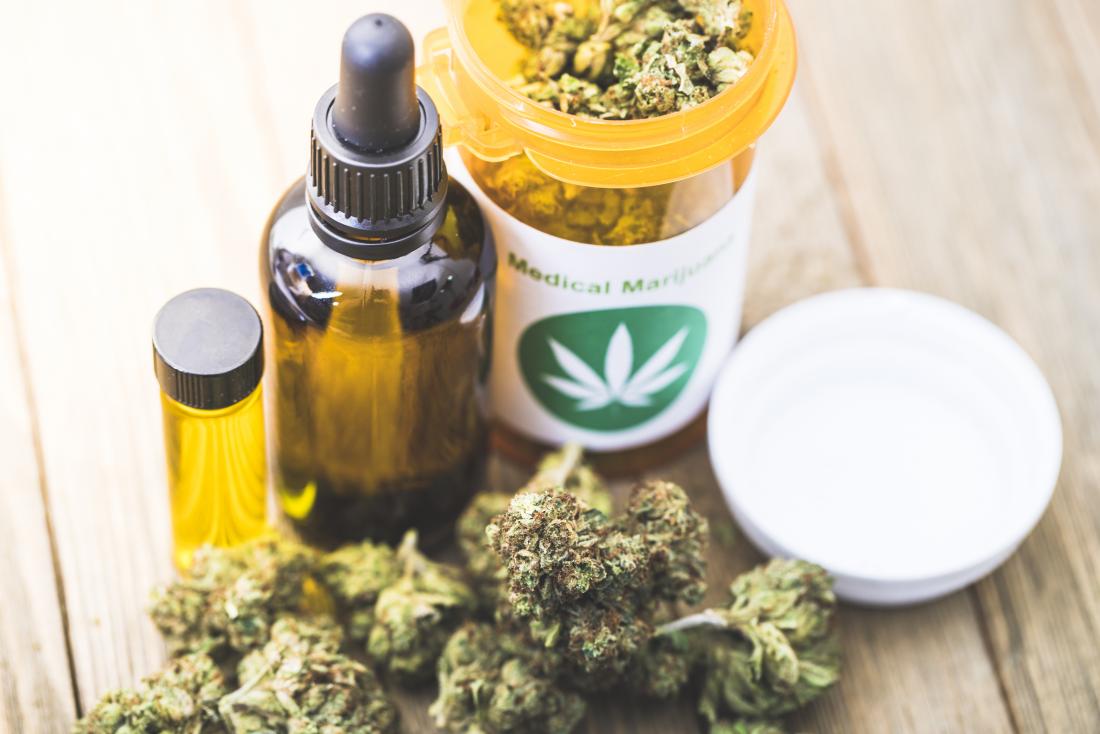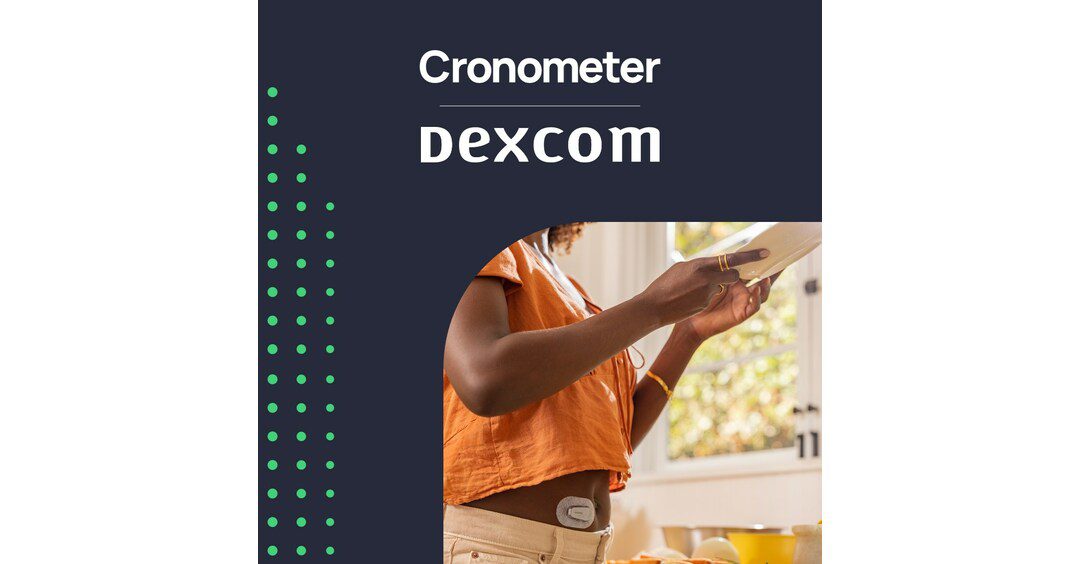Practical considerations in medical cannabis administration and dosing involve selecting an appropriate delivery method and determining the optimal dosage for individual patients. Medical cannabis may be administered through inhalation, oral ingestion, topical application, or sublingual routes.
The dosage should be personalized according to the patient’s medical condition, age, weight, and previous cannabis experience to achieve therapeutic effects and minimize adverse effects. The effects of medical cannabis can be influenced by factors such as strain type, cannabinoid content, and terpene profiles.
Clinicians and patients should work together to establish safe and effective cannabis therapy regimens. In this article, we will discuss the practical considerations in medical cannabis administration and dosing, including delivery methods, dosing strategies, cannabinoid ratios, and potential adverse effects.

Credit: racmonitor.medlearn.com
Understanding Medical Cannabis Dosing
Cannabis is a complex plant with hundreds of active compounds, including cannabinoids, terpenes, and flavonoids. As such, determining the optimal dose of medical cannabis can be challenging. The following are some practical considerations to keep in mind when administering and dosing medical cannabis.
The Type Of Cannabis
There are two primary types of cannabis: sativa and indica. Sativa strains tend to be uplifting and energizing, while indica strains are more relaxing and calming. Hybrid strains combine the effects of both types. It’s important to consider the specific strain of cannabis being used when determining the appropriate dose.
Delivery Methods
Medical cannabis can be administered in various ways, including smoking, vaporizing, edibles, tinctures, and topicals. Each delivery method can impact the onset and duration of the effects. For example, smoking and vaporizing provide fast-acting relief, while edibles and topicals can take longer to take effect but provide longer-lasting results.
Concentration Of Cannabinoids
Cannabis contains various cannabinoids, including thc and cbd. Thc is the primary psychoactive compound, while cbd has been shown to have medicinal benefits without the psychoactive effects. The concentration of these cannabinoids can differ depending on the strain and delivery method.
It’s essential to understand the concentration of these compounds to determine the appropriate dose.
Patient Demographics
The demographics of patients, including age, weight, and medical history, can also influence the appropriate dose of medical cannabis. Generally, older patients, patients with a lower weight, and those with a history of adverse reactions to medication may require lower doses.
Medical professionals should work with patients to find the optimal dose based on their individual needs.
Understanding the type of cannabis, delivery methods, concentration of cannabinoids, and patient demographics are practical considerations for administering and dosing medical cannabis. These key factors should be carefully considered to ensure patients receive the most effective treatment with the fewest side effects.
The Importance Of Titration
Practical Considerations In Medical Cannabis Administration And Dosing
Medical cannabis has become a popular choice for treating various medical conditions such as pain, anxiety, and inflammation. However, determining the appropriate dosage can be challenging for patients and healthcare providers. The process of titration is a crucial factor in achieving the desired therapeutic effect, avoiding the adverse effects of overdosing and maximizing the benefits of medical cannabis.
Benefits Of Titration
Titration refers to the process of gradually increasing the dosage of medical cannabis until the desired therapeutic effect is reached. Some of its notable benefits include:
- Minimizes adverse side effects: Titration helps patients find the optimal dosage of medical cannabis, reducing the likelihood of adverse side effects such as dizziness, nausea, and dysphoria.
- Better symptom management: By gradually increasing the dosage, patients can achieve better symptom management and improve their quality of life.
- Cost-effective: Titration avoids overuse, making medical cannabis treatment more cost-effective in the long run.
Getting Started With Titration
Titration involves identifying the appropriate dose for each patient’s specific needs. The following steps can guide patients in the titration process:
- Start with a low dose: Begin with a low dose of medical cannabis and gradually increase the dose until the optimal therapeutic effect is achieved.
- Monitor the effects: Observe and document the effects of each dosage level to determine the appropriate range for symptom management.
- Consult a healthcare provider: Always consult a healthcare provider experienced in treating patients with medical cannabis to help monitor progress and make informed decisions together.
Best Practices For Titration
To ensure the best outcomes when titrating medical cannabis, patients need to follow some best practices:
- Keep detailed records: Recording the dosage, route of administration, time of use, and efficacy of medical cannabis can help patients identify the optimal dosage and route of administration for their specific needs.
- Be consistent: Consistency in product use, method of administration, and timing is necessary for accurate titration and symptom management.
- Use a trusted product: Always use medical cannabis products obtained from reliable sources to ensure consistent dosage and quality.
Titration can be a highly effective tool for managing symptoms and treating specific medical conditions. By starting with a low dose, monitoring the effects, and following best practices, patients can find the optimal dosage of medical cannabis for their unique needs.
As always, it is important to consult with a healthcare provider before beginning medical cannabis treatment.
Choosing The Right Delivery Method
When it comes to medical cannabis, choosing the right delivery method is crucial in ensuring the effectiveness of the medication. Here are some of the common delivery methods and their key points:
Inhalation
Inhaling medical cannabis involves the use of vaporizers or smoking. Here are some key points to consider when administering medical cannabis through inhalation:
- Fast-acting: Inhalation provides quick relief as the active ingredients are rapidly absorbed into the lungs and transmitted to the bloodstream.
- Dosage control: Inhalation allows patients to control their dosage as the effects are felt immediately, unlike ingesting medical cannabis where the effects are not felt until later.
- Irritation: Inhalation can irritate the lungs and throat. Patients should monitor their breathing and avoid inhaling deeply.
Ingestion
Ingesting medical cannabis involves consuming the medication orally, either through capsules, edibles, or oils. Here are some key points to consider when administering medical cannabis through ingestion:
- Slow-acting: Ingesting medical cannabis takes longer to take effect, as the active ingredients need to be digested and absorbed through the liver.
- Accurate dosing: Ingesting medical cannabis provides accurate dosing, as capsules and edibles come with pre-measured dosages.
- Delayed onset time: The effects of ingesting medical cannabis are not felt until later, which can be problematic for patients who require quick relief.
Topical Application
Topical application involves applying the medication directly to the skin, through lotions, balms, and patches. Here are some key points to consider when administering medical cannabis through topical application:
- Non-psychoactive: Topical application does not produce psychoactive effects, making it suitable for patients who want the therapeutic benefits of medical cannabis without the high.
- Relieves localized pain: Topical application provides relief for localized pain, reducing the risk of systemic side effects.
- Slow delivery: Topical application takes time to take effect, as the medication needs to penetrate the skin.
Micro-Dosing For Optimal Benefits
Benefits Of Micro-Dosing
Micro-dosing is the practice of administering small doses of medical cannabis to experience its benefits without feeling the psychoactive effects of thc. Here are some of the benefits of micro-dosing:
- Increased focus and creativity: Small doses of cannabis can help stimulate the brain and enhance cognitive functions, resulting in increased focus and creativity.
- Reduced anxiety and stress: Micro-dosing has shown to reduce anxiety and stress, creating a calming effect on the body and mind.
- Improved sleep: Low doses of cannabis can also promote healthy sleep patterns and help those experiencing insomnia.
How To Implement Micro-Dosing
If you are new to micro-dosing, it is recommended to start slow and experiment with different doses to achieve the desired effect. Here are some ways to implement micro-dosing:
- Use a tincture: Tinctures are a popular and convenient way of administering micro-doses of medical cannabis. Dispense a few drops of the tincture under the tongue and wait for the effects to kick in.
- Vape: Vaping is another fast-acting method of delivering small doses of cannabis. Choose a strain with a low thc concentration and start with a small hit.
- Edibles: Edibles can be tricky as it is easy to take too much at once. Look for edibles with precise dosing instructions and start with a small dose.
Best Practices For Micro-Dosing
When micro-dosing, it is important to keep the following best practices in mind:
- Start with a low dose: Begin with a low dose of cannabis and gradually increase until the desired effect is reached.
- Keep a journal: Keeping a record of the doses and their effects can help identify the optimal dosage for individual needs.
- Remain patient: The effects of micro-dosing can take time to kick in, so it’s important to remain patient and not take additional doses before the initial effects are felt.
- Consult with a healthcare professional: Always consult with a medical professional before starting a new cannabis regimen, especially if there are underlying health concerns.
Frequently Asked Questions Of Practical Considerations In Medical Cannabis Administration And Dosing
How Do I Know The Right Dosage For Me?
The right dosage varies according to individual needs. Start low, go slow, and monitor effects.
Can Medical Cannabis Be Taken With Other Medications?
Medical cannabis may interact with other medications. Consult with a doctor or pharmacist first.
What Are The Different Methods Of Cannabis Administration?
Cannabis can be administered through inhalation, ingestion, sublingual, and topical methods.
What Are The Side Effects Of Medical Cannabis?
Potential side effects of medical cannabis include dizziness, dry mouth, increased appetite, and fatigue.
How Can Medical Cannabis Help With Pain Management?
Medical cannabis has the potential to alleviate pain by reducing inflammation and providing analgesic effects.
Conclusion
Based on the information gathered, it is evident that administering and dosing medical cannabis requires careful consideration. When using medical cannabis, it is essential to understand the patient’s needs, proper dosing methods, and potential drug interactions. It is vital to work alongside healthcare professionals who specialize in cannabis-based medicine to ensure patients get the best results.
Ensuring that the products are obtained from licensed dispensaries is equally important. As significant advancements have been made in the field of medical cannabis, there is still much to learn. With further research, cannabis-based medicine could potentially revolutionize the pharmaceutical industry as we know it.
Only then can we tap into the plant’s full potential and provide better treatment options for those in need.
- Ltl Dispatch Software: Revolutionize Your Logistics! - March 31, 2024
- Optimizing the Mixing: The Perfect Bacteriostatic Water Ratio for 3Mg Semaglutide - March 27, 2024
- Mobile Accessibility And Real-Time Tracking for Trucking Operations - March 26, 2024




